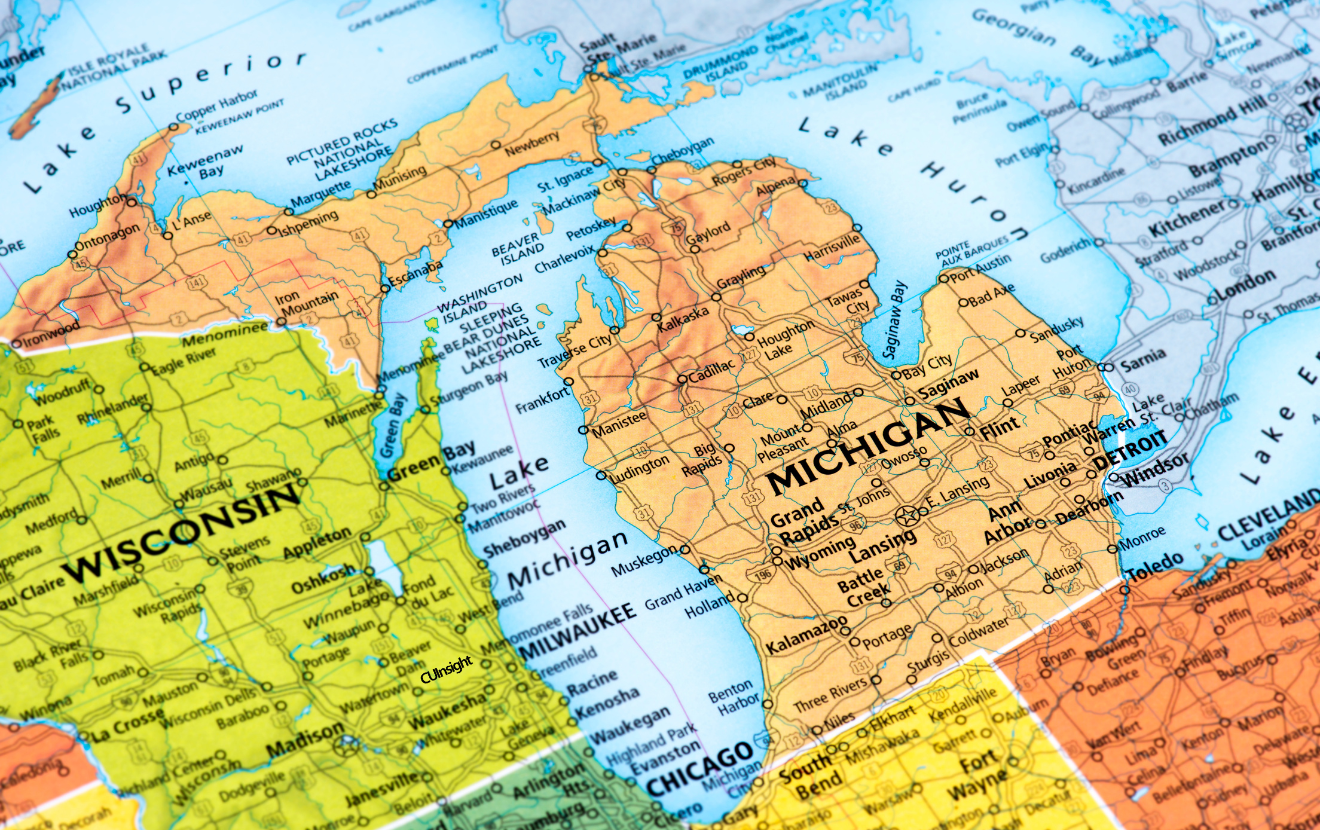Retailers (physical retail stores) are struggling. Nevertheless, it seems the trend to ‘reimagine’ the credit union and financial institution ‘branch’ as a “retail experience” is picking up steam.
At DaLand CUSO, we think this makes sense; and we think it’s a promising trend. However, not because it’s what Capital One is doing with the “café” concept.
Here are a few things credit unions could be doing to capitalize on a coming tidal change in community commerce and consumer behavior:
- Centralize data in a modern, extensible core (p.s. this is what all those disrupting fintechs and mega players are doing … and it’s why we incessantly talk about this as step one to relevance).
- Get intentional and intense about controlling consumer data and becoming a trusted data custodian in your community.
- Use your centralized and controlled data to deliver relevant, modern, digital experiences to consumers and merchants in your community: i.e. become a community commerce hub built and extended from your data.
- Anticipate a turn in the tide of the retail players and paradigms, and prepare to offer digital experiences to support digital payments, digital kiosks, bridging of brick-and-mortar to digital, and self-service commerce solutions to community businesses and community merchants filling the void left by the dying big-box mafia in the post-retail-apocalypse world.
What do we mean by retail apocalypse? Here’s a quick tour of the present turmoil and resultant fertile soil for financial institutions on the other side of the ongoing toppling of the megalithic retailers.
It seems we can’t go a week without another article about the early casualties in the anticipated retail apocalypse. Iconic institutions and once beloved brick-and-mortar bastions are declaring bankruptcy and bailing on physical locations at (what should be) an alarming rate.
Is it Amazon’s fault?
Is online shopping the eventuality for all retail experiences – including retail financial services?
Regardless the cause or abundant conjecture around social/ethical/economic cost of the shift to purely digital consumption and distribution, the facts are clear: Americans love shopping online, and they’re doing a lot of it. It’d be odd to presume the results from this 4thQuarter high holy season of shopping and consumption will be any different than the pattern of previous years.
The resulting dynamic is that we get to witness an epic capitalist battle between the titans of digital distribution (Amazon, Google, eBay, etc.) and behemoth big-box stores as they duke it out over digital vs. direct consumer experiences. Evidence seems to mount each quarter that big-box stores will either adapt (like WalMart and Target) or die.
When the current “retail apocalypse” trend of 2019 continues in to 2020 and beyond, what will be our lot and fortune (as communities and community financial institutions), other than an abundance of baron beige buildings anchoring prime real-estate location in countless strip malls nationwide?
Human behavior is predictably patterned. Our desires are, in the end, quite simple. More than likely, when 4th2019 quarter retail figures pour in this coming January, market data will demonstrate our economy and society are very close to pushing the pendulum too far in the direction towards over-saturation and excessive satisfaction of our rampant desire for online consumerism and same-day delivery. It wouldn’t be the least bit surprising to start to hear murmurs in early 2020 about the end of Amazon, Apple, eBay, etc.In fact, for even the most remotely open and imaginative mind, it’s relatively easy to envision a future where consumers become aware of haunting void; a not-so-distant past where we escaped from Netflix and NFL to spend our weekends touching physical objects and envisioning better versions of ourselves in dressing room mirrors!
Sure, we may be a couple years away from the pendulum starting to swing back towards brick-and-mortar. So, that means your financial institution should have plenty of time to prepare for the change in tide, that is if you start developing and deploying a strategy now!
How might that strategy look? Well, it could start with using technology and data to extend digital experiences to your consumers, driven directly from your core data (your most potent understanding of your consumer and community), as a means to build a bridge back into your brick-and-mortar retail locations.
Better yet, a strategy for the post-apocalyptic retail landscape could begin with community financial institutions getting serious about controlling data, and centralizing data, as a means of being prepared to more profitably and proficiently engage local consumers and add value to community businesses.
On the topic of community businesses, in the post-retail-apocalypse fallout, local merchants and retailers are likely to be the seeds of civilization which community financial institutions should plan to ‘water’ as we work to re-grow Main Streets and mercantilism in the 21stCentury. How else will we thwart the inevitable fiscal fascism of totally centralized and conglomerated financial services markets?
If the present moment contains the seeds of an opposite and emerging complimentary moment, like the ancient wisdom of the Yin and Yang might teach us, then credit union execs and technologist should anticipate an emergence of local boutiques, merchants, service providers, etc., looking for someone to provide them digital experiences for payments, online ordering, scheduling, order-ahead, etc.;and your credit union could plug these players into relevance-generating and brick-and-mortar enhancing digital consumer and commercial banking experiences.
Or, we could just sit around and lament Google and Citi teaming up to launch a checking account in 2020, and plan to watch our capital evaporate around us while local entrepreneurs and merchants desperately wander a desolate community business landscape looking for willing partners to help them fill a developing niche in the hearts of local consumers.
Fortunately, your friends at DaLand CUSO have strategic solutions to help you achieve all of the above via our simple partnership process, that is if you’re serious about using your modern core to cement your credit union’s position of relevance in the community – regardless the tumult of the times.
Happy holidays…







